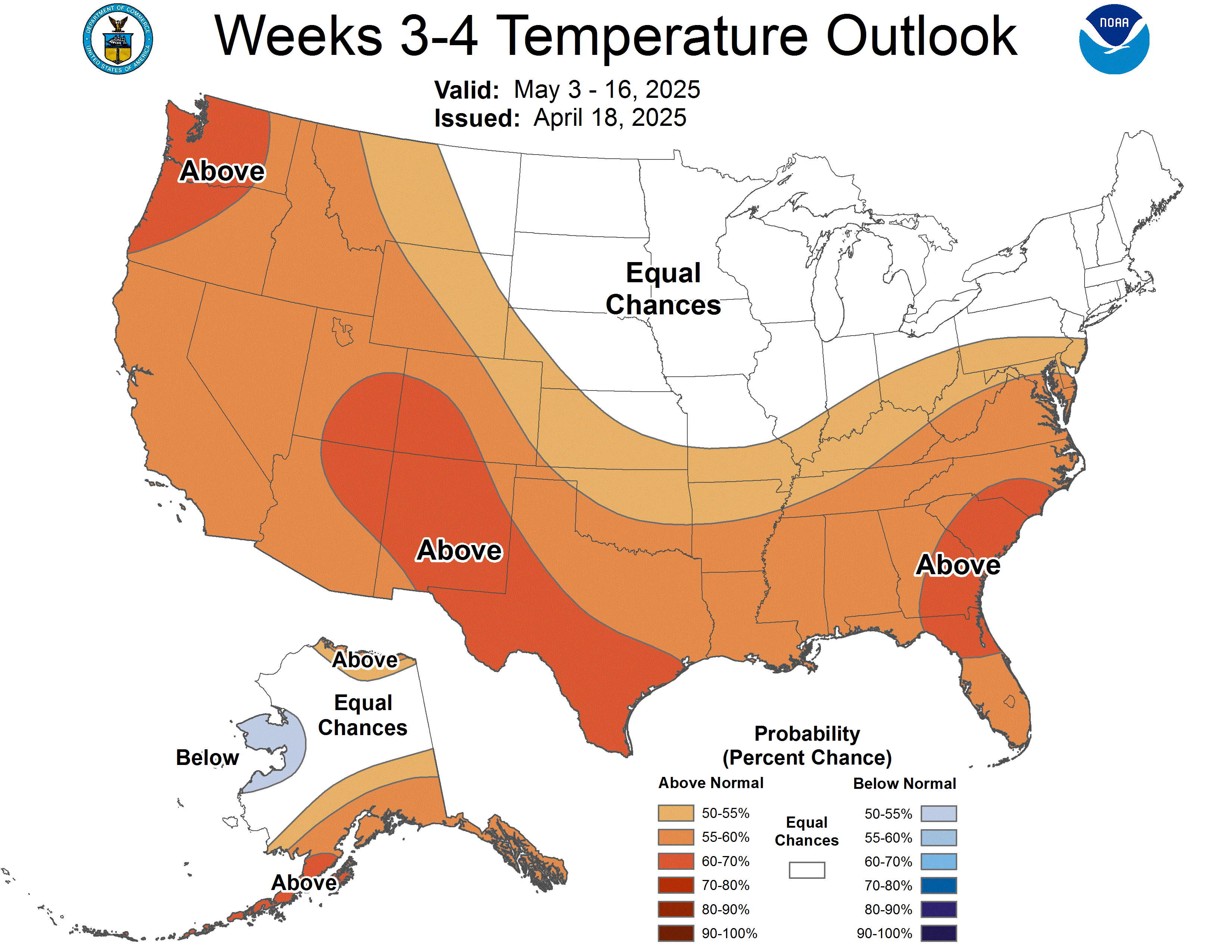Why Can Autumn Tell Us About Winter?
Recent weather patterns across North America may signal
how winter begins in the Mid-Atlantic and Northeast.
7:50 AM 10/29 - Part One of our story is to unpack how large scale influencing events in the past month may be setting in motion a pattern for first half of winter.
Looking for something more intriguing and original? You'll have to read on to discover Part Two. We are introducing findings by high school student investigators who have uncovered surprising connections about the secrets winter has in store for us.
Looking for something more intriguing and original? You'll have to read on to discover Part Two. We are introducing findings by high school student investigators who have uncovered surprising connections about the secrets winter has in store for us.
PART ONE: To set the story, a look back at October:

1) The long periods of above normal warmth in the west, evidenced by the widespread devastating wildfires that were preceded by 100 F+ temps in San Francisco;
2) The hard freeze in the central plains and deep south, with freeze warnings as far as central Alabama his weekend;
3) Prolonged warm and dry conditions in the East, interrupted by occasional cool spells.
Temperature-wise, the past month has played out a lot like what the next month is projected to do, according to the NOAA Climate Prediction Center's 3-4 week experimental outlook. The scenario we see unfolding as we turn the page to November:
- A rapidly intensifying coastal storm now impacting the East coast Sun 10/29 through Tue 10/31 may tap cold air in it's wake from northern Canada, setting up an increased flow of this air into the central U.S.
- Below normal water temperatures in the Gulf of Mexico, stirred up by the hurricane activity this season, may also help "attract" these cold air masses from Canada farther south.
- Those two factors would help maintain warmth in the East and the West, leading to the central and southern U.S. seeing an earlier start to winter.
- For most of November, the Northeast and Mid-Atlantic would then see repetitive coastal events every 10 days to 2 weeks, similar to the present system. This would delay the onset of snow cover for New England ski resorts - keeping the region mild and wet much of the month ahead.
As we reach December, the Nation would be split between 3 "climates": Warm and dry in the west, cold with snow cover through the heartland, with weather feeling more like March or April in the east.
PART TWO: What about winter in the Mid-Atlantic?
We thought you might be wondering that. To begin addressing this question, we pitched it to group of people who are very curious about the same thing: High school students! They found out it's more than just month-to-month weather patterns. A number of long term factors have a big impact on regional weather and climate during seasonal transition, including Arctic Sea Ice, Siberian snow cover and even the 11-year sun spot cycle.
We thought you might be wondering that. To begin addressing this question, we pitched it to group of people who are very curious about the same thing: High school students! They found out it's more than just month-to-month weather patterns. A number of long term factors have a big impact on regional weather and climate during seasonal transition, including Arctic Sea Ice, Siberian snow cover and even the 11-year sun spot cycle.
The budding researchers investigating these details are actually grade 9 students studying Earth Systems at a high school in Baltimore County, Maryland. (Hint: It's Mr. Foot's science students.)
What they have uncovered appears to be intriguing connections between the following:
- How much Arctic sea ice remained after the annual summer melt-off;
- The frequency and track of Atlantic tropical cyclones in the summer & fall;
- If the climate pattern was being influenced by a La Nina or El Nino prior to winter;
- Status the 11-year sun spot cycle was prior to the winter season, and....
- Snowfall in the Mid-Atlantic for the winter that followed those occurrences.
You might be amazed to learn about the pattern the students discovered when all five of these indicators are compared. Even better, these teams of Earth Systems students made two important projections we know many might have interest in knowing:
1) When do we expect the onset of winter weather in the eastern Mid-Atlantic?
2) How much snow will fall in the region this season?
In the week ahead, the findings of the student climate data teams will be published here, and leading to the next big reveal on what Autumn can tell us about Winter.


